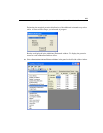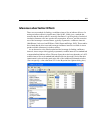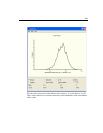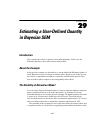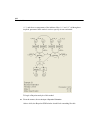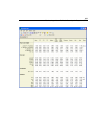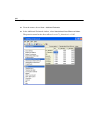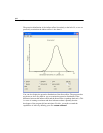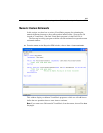
437
Example
29
Estimating a User-Defined Quantity
in Bayesian SEM
Introduction
This example shows how to estimate a user-defined quantity: in this case, the
difference between a direct effect and an indirect effect.
About the Example
In the previous example, we showed how to use the Additional Estimands feature of
Amos Bayesian analysis to estimate an indirect effect. Suppose you wanted to carry
the analysis a step further and address a commonly asked research question: How
does an indirect effect compare to the corresponding direct effect?
The Stability of Alienation Model
You can use the Custom Estimands feature of Amos to estimate and draw inferences
about an arbitrary function of the model parameters. To illustrate the Custom
Estimands feature, let us revisit the previous example. The path diagram for the model
is shown on p. 438 and can be found in the file Ex29.amw. The model allows
socioeconomic status to exert a direct effect on alienation experienced in 1971. It also
allows an indirect effect that is mediated by alienation experienced in 1967.
The remainder of this example focuses on the direct effect, the indirect effect, and
a comparison of the two. Notice that we supplied parameter labels for the direct effect



